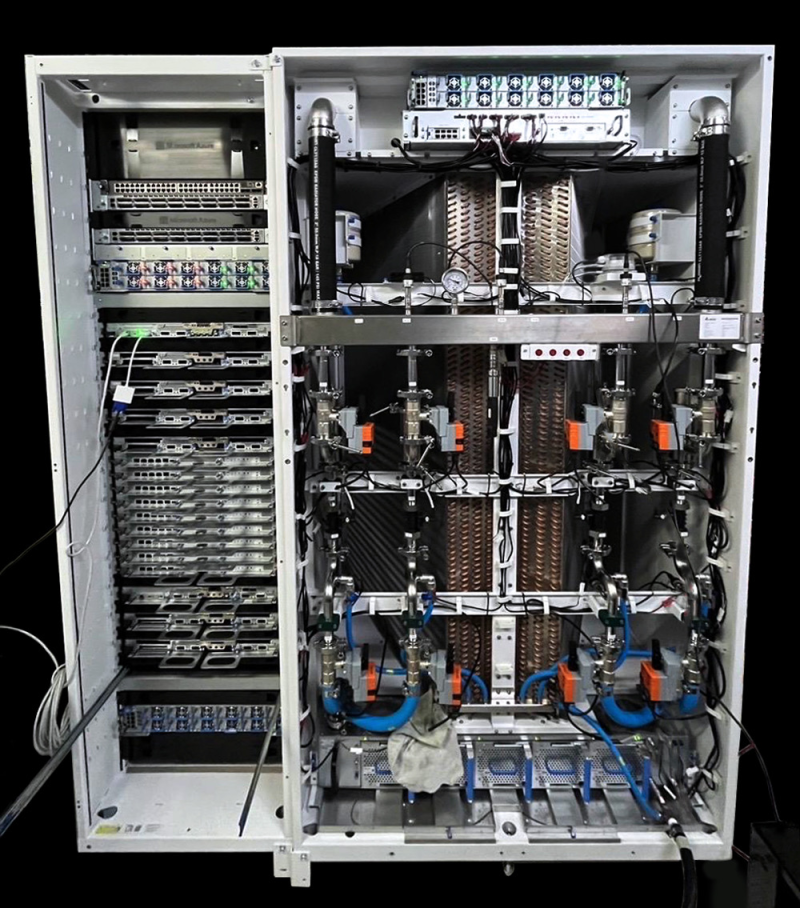According to analyst Ming-Chi Kuo, Microsoft has sharply increased its purchases of NVIDIA GB200 NVL super accelerators. Orders for the fourth quarter of this year have grown three to four times, and the total volume of Microsoft orders is higher than that of other cloud providers. Suppliers of key components for Microsoft’s new AI platforms will begin mass production and shipping in the fourth quarter, strengthening the company’s supply chain. In this case, components will be shipped regardless of whether the assemblers of ready-made platforms will be able to satisfy Microsoft’s requests on time.
It is expected that 150–200 thousand Blackwell chips will be delivered by the end of the year, and in the first quarter of 2025, deliveries will increase to 500–550 thousand units. And Microsoft is ready to buy them. In addition to the initial GB200 NVL36 orders (mainly for testing), Microsoft intends to receive customized GB200 NVL72 super accelerators before the start of mass production of the DGX GB200 NVL72 reference variant from NVIDIA itself (mid-Q2 2025). Microsoft’s Q4 orders have grown from an initial 300-500 racks (mostly NVL36) to approximately 1400-1500 racks (about 70% NVL72). Subsequent orders from Microsoft will focus primarily on the NVL72.

Image source: Microsoft
According to surveys of GB200 NVL’s two largest assemblers, Foxconn and Quanta, Microsoft’s orders currently appear to exceed total orders from other cloud providers. Thus, Amazon expects to receive only 300-400 GB200 NVL36 racks by the end of the year, and Meta✴ is completely focused on Ariel boards, which have one B200 and Grace chip each, and not a pair of B200 like the “classic” Bianca boards. NVIDIA, according to Ming-Chi Kuo, has decided to abandon the release of the GB200 NVL36×2 two-rack configuration.
At the same time, NVIDIA, apparently, was unable to convince Microsoft to purchase completely ready-made NVL racks. The other day, the Redmond giant showed its implementation of the GB200 NVL super accelerator with a huge heat exchanger. The first to receive these systems will be Microsoft data centers located in colder climates, for example, in the northern United States, Canada, Finland, etc. This will avoid problems due to lack of time to optimize data center cooling systems.